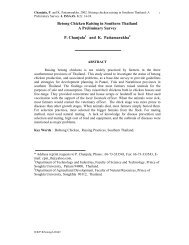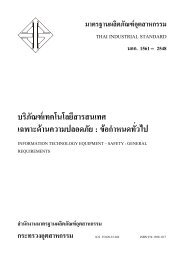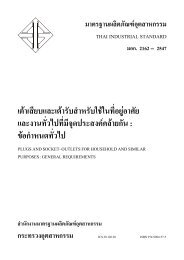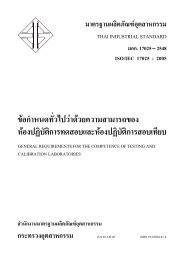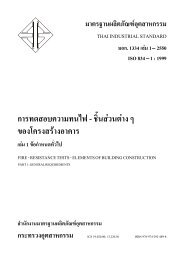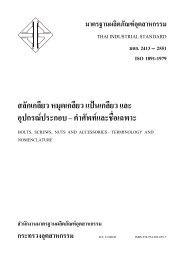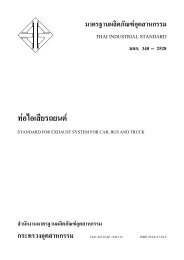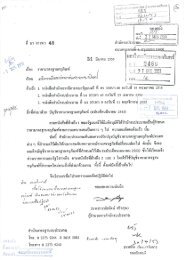Full text
Full text
Full text
You also want an ePaper? Increase the reach of your titles
YUMPU automatically turns print PDFs into web optimized ePapers that Google loves.
(Smyrna) gave the lowest yield. However, Leith et al. (1994), conducted field<br />
experiments in the United Arab Emirates to grow the halophytic grass Sporobolus<br />
virginicus utilizing sea water of the Arabian Gulf. The results of their experiment<br />
indicated that Sporobolus virginicus has the ability to grow in highly saline environments<br />
which exceed even those found under our experiment.<br />
Effect of salinity on plant composition :<br />
The effect of salinity on the content of crude protein, fibre, fat and ash as well as,<br />
soluble carbohydrates of all tested forage halophytic plants are illustrated in Fig. (2).<br />
Increasing salinity level in the irrigation water tended to increase crude protein content<br />
while tended to decrease crude fiber. Crude fat and soluble carbohydrates contents<br />
seemed to be unaffected by changing the salinity level in the irrigation water. In this<br />
concern Leigh (1986) reported high crude protein content of several halophytic plants.<br />
He also speculated that halophytic plants could serve as valuable protein supplement to<br />
livestock when the associated grasses were dry and possibly protein deficient.<br />
Data also showed that Medicago sativa had relatively higher content of crude<br />
protein and lower soluble carbohydrates content. Diplachne fusca and Spartina patens<br />
contained a higher amount of soluble carbohydrates. The lowest crude fat content was<br />
recorded in Spartina patens. Whereas Sporobolus virginicus (Smyrna) and (Dixe) gave<br />
the highest ash content. At all levels of salinity concentration succulence of the tested<br />
halophytic plant types were more or less similar.<br />
Field application :<br />
Table (2) summarizes the change occurred in some chemical properties of saltaffected<br />
soil as result of Diplachne fusca cultivated for two growing seasons<br />
successively. Data showed that soluble salts markedly decreased after harvesting. The<br />
percent decrease in soluble salts was 34.5% in the surface layer. The most striking<br />
change was tremendous decrease in soluble Na and Cl. This phenomenon could be<br />
explained by the ability of halophytic plant to absorb high amounts of these elements.<br />
Table (2) Some chemical properties of salt-affected soil before planting and after<br />
harvesting of Diplachne fusca.<br />
pH EC Soluble cations and anions meq 100 g -1 soil<br />
dS.m -1<br />
Na K Ca Mg HCO3 Cl<br />
Before planting 8.0 17.4 63.6 0.75 15.0 11.0 9.0 67.2<br />
After harvesting 8.0 11.2 41.2 2.1 8.8 6.0 3.2 41.7<br />
Plant composition recorded in Table (3) show that Diplachne fusca grown in salt<br />
affected soil contained considerable amounts of crude protein, fibre, fat, soluble<br />
carbohydrates as well as nutritional elements. The high sodium content (2.14%) has not<br />
presented a problem to forage species due to the presences of specific internal osmotic<br />
adjustment mechanisms.<br />
3




